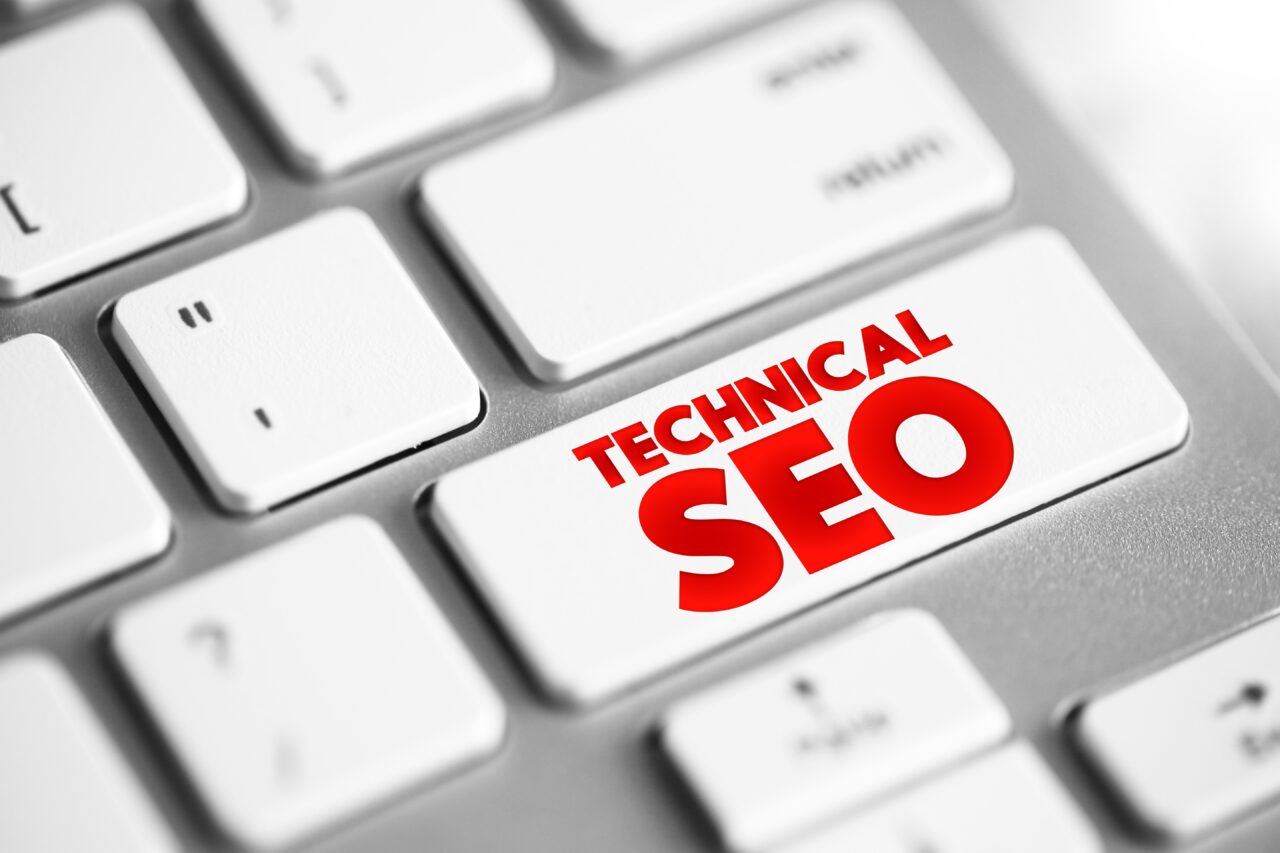When managing a busy medical practice, ensuring efficiency and transparency is crucial for providing the best possible care. Investing in a patient tracking system can aid in this endeavor, streamlining processes and offering improved patient engagement opportunities. From faster check-ins to real-time updates, these advanced systems offer a range of benefits that ultimately lead to a better healthcare experience for all.
Seamless Communication and Information Sharing
One of the most significant advantages of utilizing a patient tracking system is the ability to integrate it with other healthcare tools and platforms. Gone are the days of managing multiple applications simultaneously—vital patient information can now be stored in a central location, allowing for more straightforward and faster communication among healthcare providers.
The integrated system can also aid in tasks such as appointment scheduling, alerts for follow-ups, and the distribution of aftercare instructions. By streamlining these processes, medical professionals can ensure accuracy in care and better patient outcomes.
Improved Patient Experience
Equally important to the infrastructure of healthcare management is the experience it provides to the patients themselves. With the use of important tools to help you improve patient engagement, communication lines between providers and patients are significantly improved. Patients can access their medical records, book appointments, message their healthcare providers, and essentially stay informed and engaged in their care.
By involving patients in their health journey, healthcare professionals can provide more personalized care. Armed with the knowledge of their medical history, conditions, and any potential risks, both patients and providers can decide about treatments, follow-ups, and overall care.
Real-Time Updates for Informed Decisions
Utilizing a patient tracking system allows providers to stay informed in real-time about each patient’s status. Whether it be updates on lab results, imaging, or surgical procedures, these systems enable healthcare practitioners to respond promptly and make well-informed decisions about ongoing care.
The ability to monitor a patient’s progress also allows providers to identify potential issues early on, paving the way for preventative care and reducing the risk of complications. In addition, having access to real-time analytics can provide valuable insights into workflow efficiency and overall practice performance, allowing for continuous improvement of the care provided.
Conclusion
Implementing a patient tracking system in healthcare management can pave the way for operational improvements, enhanced patient engagement, and elevated standards of care. By choosing to invest in technologies that focus on streamlining healthcare processes, both providers and patients stand to benefit from increased efficiency and transparency, ultimately leading to better patient outcomes and experiences.



